Configure Now
Items in Your Cart0
0Items in Your Cart
Start building your packageShop Now
Marine coating is the application of a protective barrier between the water and a substrate to protect the surface from biofouling (the growth and accumulation of algae and other marine life, such as Zebra mussels and barnacles on surfaces that are underwater). The global marine coating market was estimated to be close to $12 billion in 2020.
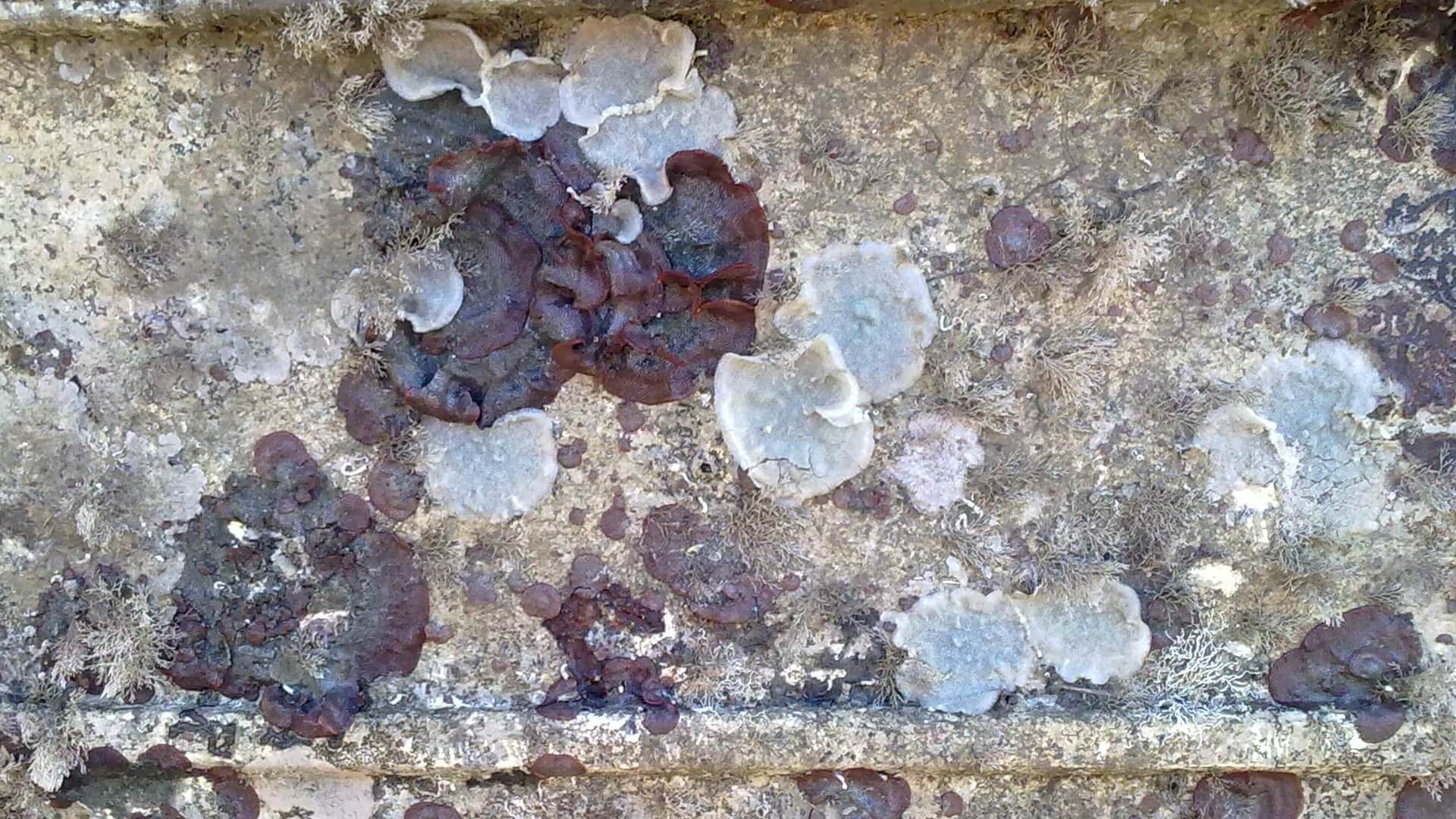
Credit: https://commons.wikimedia.org/wiki/File:Boat_fouling_organisms_%284875277304%29.jpg
Any surface submerged in water long enough will develop algae which attracts other marine life. How quickly this biofouling grows depends on a few factors, such as what the ship’s hull is composed of, and how often the vessel is in the water and in use.To proactively deal with biofouling and the issues it can potentially cause, regular marine hull inspections are required. This will help determine the condition of the marine hull and help make scheduling of maintenance more efficient and cost-effective.
Marine coating is used to protect ships, vessels, and tankers from fresh, salt, or brackish water, and can also be applied to propellers, buoys, and structures on offshore oil rigs.
But why is it important to have regular inspections?
Generally speaking, it’s recommended that you inspect marine coating within six months after application and then every one to three years after that. This length of time can vary depending on a few factors, such as the size and type of vessel, or the location of operation (the Carribean, for example, is very warm and provides an optimal environment for the growth of biofoul, so vessels may require more frequent inspections and maintenance).
If vessels are left uncoated, it can have dramatic consequences, such as:
There are many factors to consider during marine coating inspections, such as coating thickness, environmental conditions, what surface preparations are needed, and, of course, the type of coating to use.
Coating Thickness - adhesion failure can happen when applying a primer coat if the layer is too thick, making it unable to bond with the top coat, but it is also important to ensure that the thickness of the coating is sufficient to provide adequate protection, especially if the substrate is weakened and needs to be stabilized.
Adhesion - critical for ensuring the bond strength of the coating, adhesion can be affected by contaminants, moisture, and improper application of primer coats and surface preparation.
Surface Preparation - the surface must be clean, dry, and free of grease to ensure the coating will adhere to the substrate. Onced the surface has been cleaned, it should also be prepared by low pressure abrasive blasting.
Environmental conditions - environmental conditions such as temperature and humidity can affect performance and bonding and must be assessed to guarantee the effectiveness of the marine coating.
When it comes to coating types, there are a few options to consider, each with their own pros and cons.
Since the 16th century and the early days of international trade, protective hull coating has used a variety of techniques and materials to prevent marine fouling, such as copper, tin, zinc, organic poisons, and even arsenic. Some of these techniques have long term harmful effects to the ecosystems they are in contact with, though modern technology and innovation has allowed for more sustainable options to be available.
Let’s take a look at the four main types of marine coating used today.
Anti-fouling coating uses a chemically treated paint containing biocides that prevent the growth of biofouling. This is perhaps the most common and effective method currently used, and comes in a range of hardness, from racing hard that consistently leaches biocides from its porous surface, to soft ablatives that release biocides slowly over time as it erodes (self-polishing).
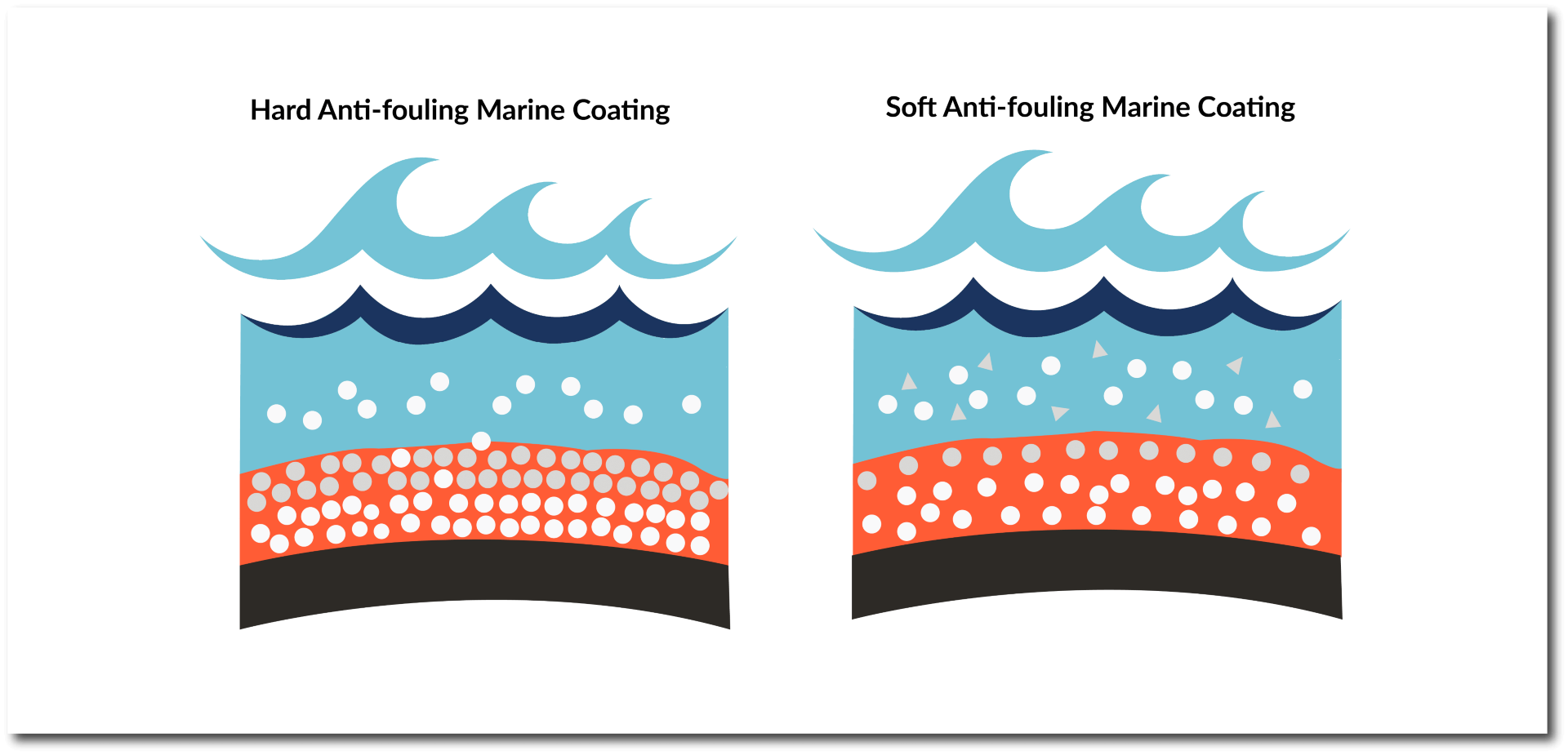 Although effective, these paints contain compounds such as copper and arsenic, and flake off, or leach into the water over time, potentially releasing harmful chemicals and microplastics into the environment. Tributyltin (TBT) was a compound commonly used in anti-fouling paints until it was banned worldwide in 2008 due to the irreparable damage it was causing to marine environments it was leaching into. It has been replaced by copper and other biocides, though they are still held to increasing scrutiny to ensure they are not accumulating in the environment and affecting marine life.
Although effective, these paints contain compounds such as copper and arsenic, and flake off, or leach into the water over time, potentially releasing harmful chemicals and microplastics into the environment. Tributyltin (TBT) was a compound commonly used in anti-fouling paints until it was banned worldwide in 2008 due to the irreparable damage it was causing to marine environments it was leaching into. It has been replaced by copper and other biocides, though they are still held to increasing scrutiny to ensure they are not accumulating in the environment and affecting marine life.
Anti-fouling coatings are an effective method for preventing the spread of invasive species and reducing air emissions from ships, though the release of harmful chemicals and microplastics into the marine environment is still a concern. However, there are several companies currently working on developing new anti-fouling technologies that are free of toxic compounds and could potentially be available in the market in the near future.
Self-polishing coating is another type of anti-foul coating, also known as ablative, sloughing, or eroding. This type of marine coating paint is softer and slowly ablates (wears) off over time, releasing biocides as well as self cleaning the surface and gradually making it smoother and reducing hull resistance.
Once in contact with the sea water, the binder dissolves, and as the anti-fouling paint wears off through processes including hydrolysis, dissolution, and/or erosion, the bioactive material is released at an even rate, keeping the surface free of biofouling.
The binders are mainly acrylic copolymers that are broken down by the water, causing the copolymer to become soluble and release the biocides. This also creates a polishing effect, slowly developing a smoother surface on the hull and improving the efficiency of the vessel in the water.
To prevent corrosion, marine coatings are used to act as a protective layer between the substrate and the corrosive materials in the environment around it. Many coatings also provide abrasion resistance, as well, further extending the lifespan of the vessels or marine structures.
Some marine coating solutions for corrosion include:
Urethane and polyurethane coatings - great protection against corrosion and UV exposure, and work well in confined spaces since they can be customized to low-VOC formulations. Acrylic coatings - works well in marine environments when used with zinc primers that protect against corrosion, and also improves gloss and color retention.
Foul release coatings do not kill marine growth like anti-foul coatings that contain biocides. Instead, they provide a non-stick surface that makes it difficult for marine organisms to adhere to.
Only in use since the 1970’s, when silicone was found to be effective protection against biofouling, it works by creating a slippery surface that reduces adhesion between marine organisms and the substrate.
Anti-foul coatings cause copper to leach out of the bronze, weakening the metal. Foul release coating, on the other hand, preserves the integrity of the metal, adding an extra protection to the surface.
Marine environments can be harsh, unforgiving, and challenging to work in. From weather, to the corrosive nature of salt water, to the marine life clinging to every surface that touches the water, you need to be prepared to combat the elements. So what should you be looking out for?
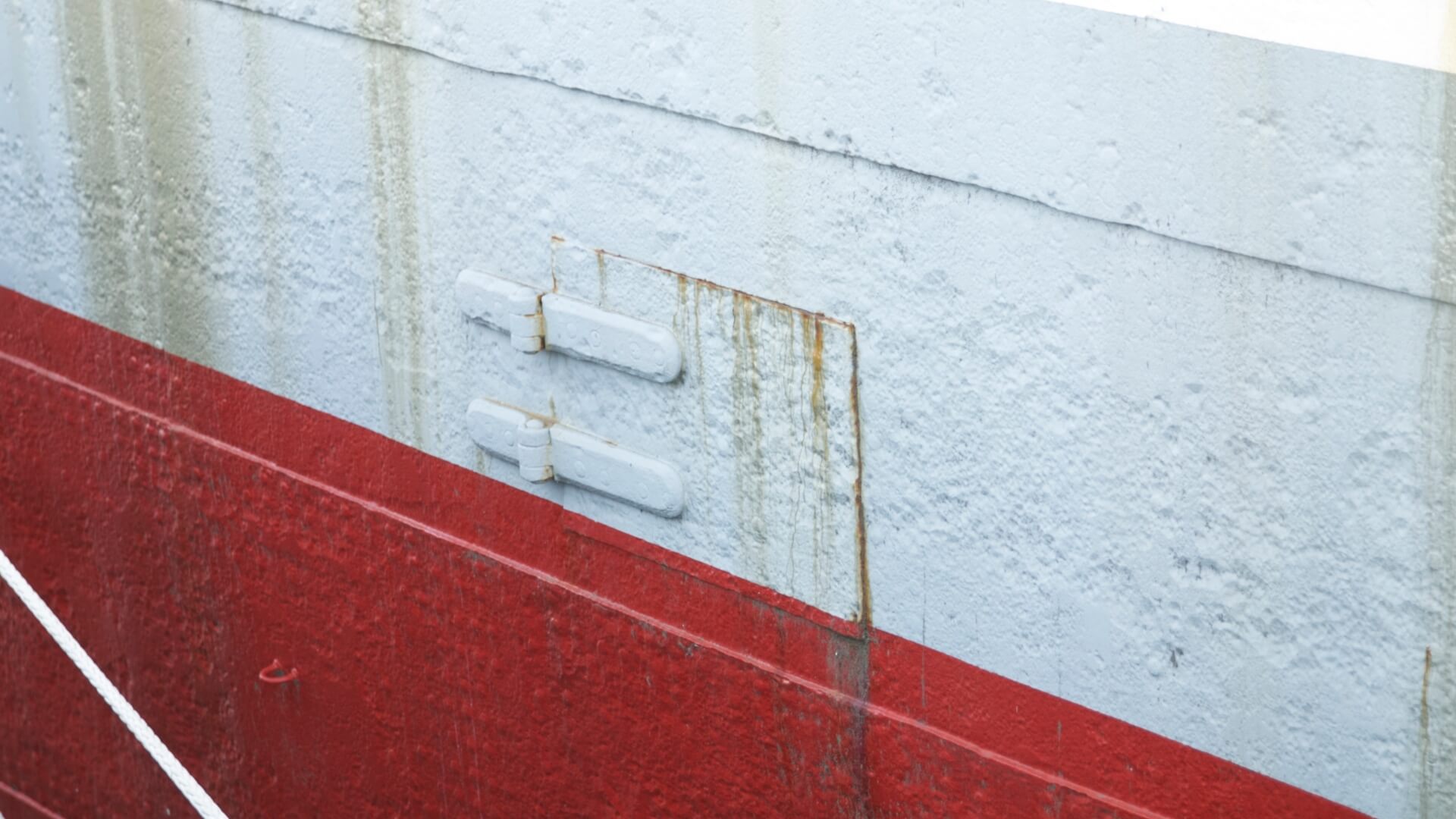
Credit: Bill Abbot - https://www.flickr.com/photos/wbaiv/12432684515
These are the most common issues found during marine coating inspections:Corrosion is one of the most common challenges that vessels and marine structures face, with pitting corrosion and bacterial corrosion being the main types of corrosion to occur. Metal surfaces are prone to degradation, caused by moisture, salt, oxidation, or exposure to a number of environmental or industrial chemicals. These elements deteriorate metal surfaces slowly over time due to electrochemical corrosion.
Most metals occur in nature in their stable oxidized condition as oxides, chlorides, carbonates, sulfates, or sulfides. To extract metals from this mineral state requires an enormous amount of energy, and because of this high energy condition, the metal will try to return to its former stable, oxidized, low energy state as soon as environmental conditions allow it. This great difference in energy between pure metal and its oxidized forms is the catalyst for corrosion.
Marine coatings work as a barrier mechanism between the metal and corrosive materials in the environment around it, by excluding water, ions, and oxygen, and preventing those elements from coming into contact with the metal and causing corrosion.
Abrasion is another common challenge that vessels and marine structures are subject to. Abrasion happens from seawater battering the vessel’s hull consistently over time, from strong winds, rains and other storms, to icy waters in the poles, and even from onboard equipment or cargo such as stone, coal, or fertilizer.
Over time, the repeated, forceful impact against surfaces can cause damage to the vessel hull or marine structure, and impair asset performance. Coatings and liners can become weakened, or break down, causing exposure to the steel which can then lead to corrosion and further damage.
Similar to abrasion, UV (ultraviolet) exposure can cause damage to the marine coating over prolonged periods of time being exposed to sunlight. The sun’s radiation leads to degradation of the protective coatings, and if left untreated, the coating will break down, exposing the metals and causing corrosion and further damage.
To combat this, marine coatings with carbon-based materials have extremely strong absorption of UV and visible light to protect the paint from degradation and corrosion. Marine coatings can also have very high mechanical strength, strong chemical inertness, non-cytotoxicity, and superb thermal and electrical conductivity.
Adhesion is one of the most vital properties in marine coatings to ensure the paint remains bonded to the substrate and keeps the surface protected. Adhesion failure can happen for a variety of reasons, such as:
Inadequate blast cleaning, or no blasting Surface contaminants Under-cured film Moisture in seams
When adhesion failure occurs, the marine coating will chip away (usually when hit with something), which means the surface was not treated properly, or there is a particular spot with an issue, such as moisture or other contaminants.
Adhesion failure can also be the result of incompatibility between coating systems, when layering on top of previous coats applied. For example: when switching from an anti-foul coating to a foul release coating, especially if the previous coating was not properly cleaned or treated.
Blistering can happen for a variety of reasons, and appears in the form of dome shaped bubbles in the dry paint film. The film is lifted from the underlying surface when adhesion fails, and the bubbles can contain liquid, vapor, gas, or crystals. Some common causes include:
If the paint is applied too thick, too quickly, or in hot or windy conditions Air being trapped in porous substrates, often caused by painting over aging anitfoul paint The substrate is contaminated with soluble salt before the paint is applied Exposure to moisture during curing
To avoid blistering, you want to ensure that the surfaces have been properly and thoroughly cleaned, and keep temperature, moisture, and other environmental elements in mind, as well as the thickness of the paint layer.
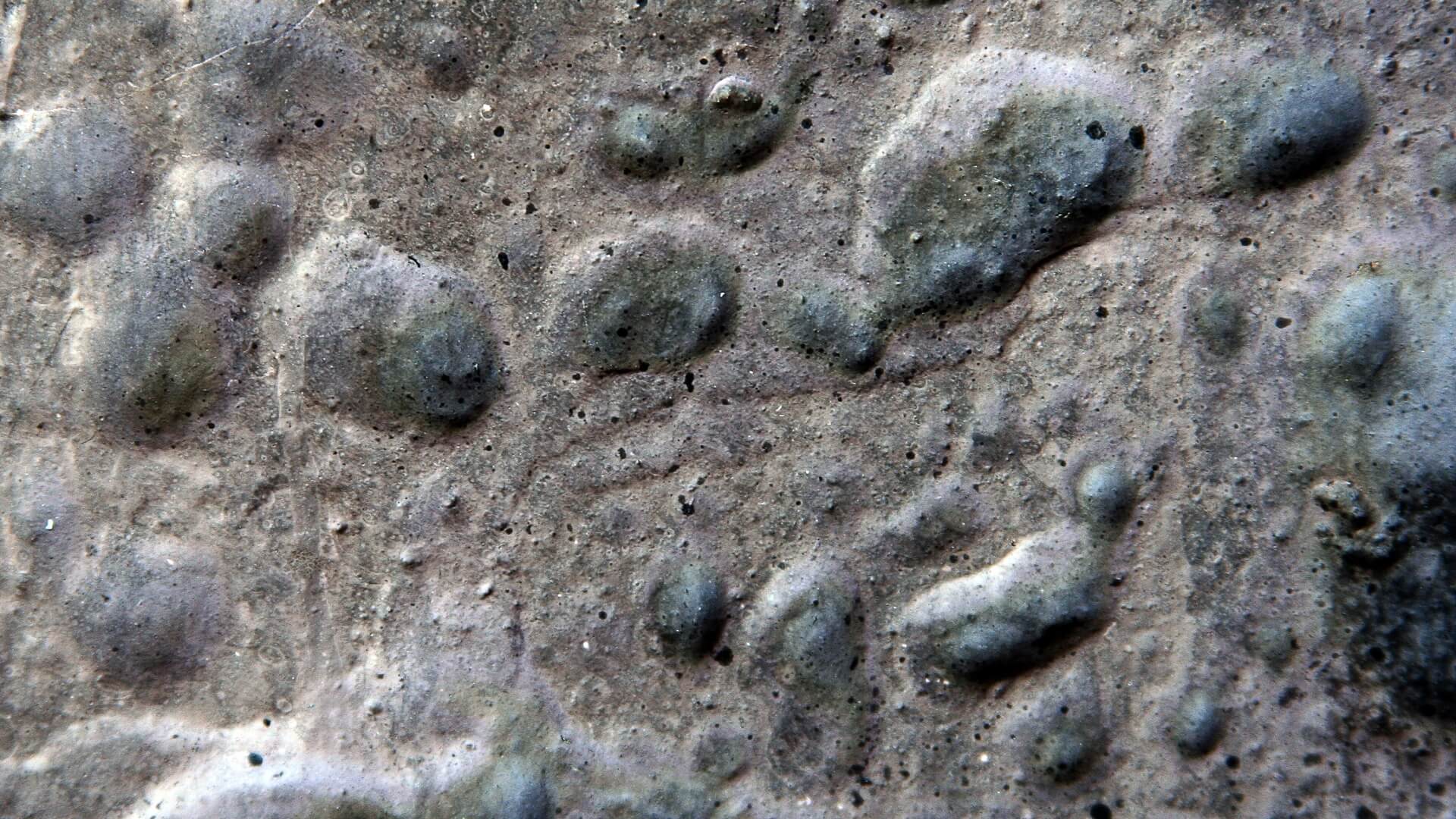
Credit: Leo Reynolds - https://www.flickr.com/photos/lwr/83076714
Cracking, also known as crazing, or alligatoring (crocodiling) due to the effect looking somewhat like crocodile skin can also happen for a number of reasons, such as:
To avoid cracking defects, as always, make sure to start with a properly cleaned or treated surface, ensure you are not applying the paint too thick, and be mindful of the elements, such as heat and moisture.
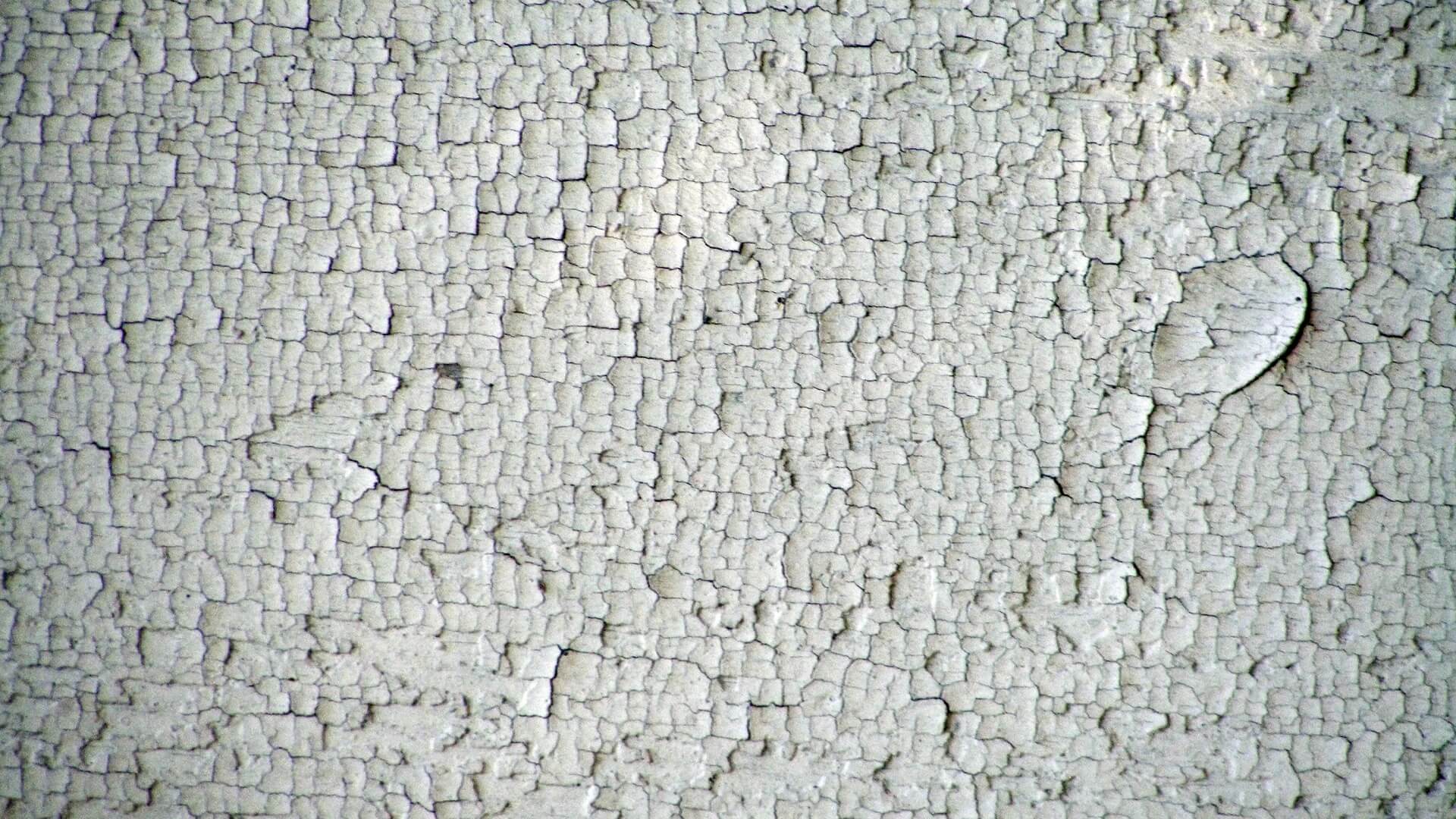
Credit: Virginia (Ginny) Sanderson - https://www.flickr.com/photos/vsanderson/4946105688
Flaking is the peeling of the paint layer, separating from the substrate, and is similar to cracking defects. This is typically caused by:
It’s critical that proper application processes are followed when applying marine coating paints. This is something that inspectors will look for when surveying a vessel or marine structure.
As with the other types of defects, the best way to avoid flaking is to ensure that the surface is cleaned before applying the paint, older paint layers have been properly treated or removed, and there are no contaminates on the substrate.

Credit: Dietmar Down Under - https://www.flickr.com/photos/dietmardownunder/3662371134
Deploy a ROV to perform quick, safe and affordable hull inspections
Coating inspectors survey surfaces to determine the coating conditions, and check various structures and components of vessels to ensure that marine coatings have been applied correctly, and operations are running safely and efficiently. This information is used to create a schedule of maintenance for when re-coatings and touch ups are needed.
Regular inspections are a vital part of ensuring ships are running efficiently, and considering the greatest overhead cost of operating marine vessels is fuel compounds the importance of staying on top of maintenance.
Estimated to be approximately 330 million metric tons (87 billion gallons) annually (and expected to double over the next 20 years), global marine fuel consumption is a major source of pollutant emissions. 90% of the world’s goods are transported by marine vessels, making the marine shipping sector one of the largest consumers of petroleum fuels, and contributes 13% of human-caused emissions of sulfur oxides and 2.6% of human-caused carbon dioxide emissions.
To keep operational costs low, routine inspections are essential for implementing the most efficient maintenance schedules and ensuring the vessel’s performance is optimized. Traditionally, inspections meant dry docking and/or hiring divers, which can be extremely costly, with added complications such as diver safety, time constraints by port authorities, and sea conditions that can make diving impossible. However, with advances in robotics and technology, more inspectors are turning to the use of ROVs (remotely operated vehicles) as a more cost effective, safer, and quicker way of inspecting marine vessel hull coatings.
ROVs are portable, unmanned, highly maneuverable vehicles that can be used for underwater inspections while being operated by a single person on the surface using a controller with a screen or tablet / laptop type of interface.
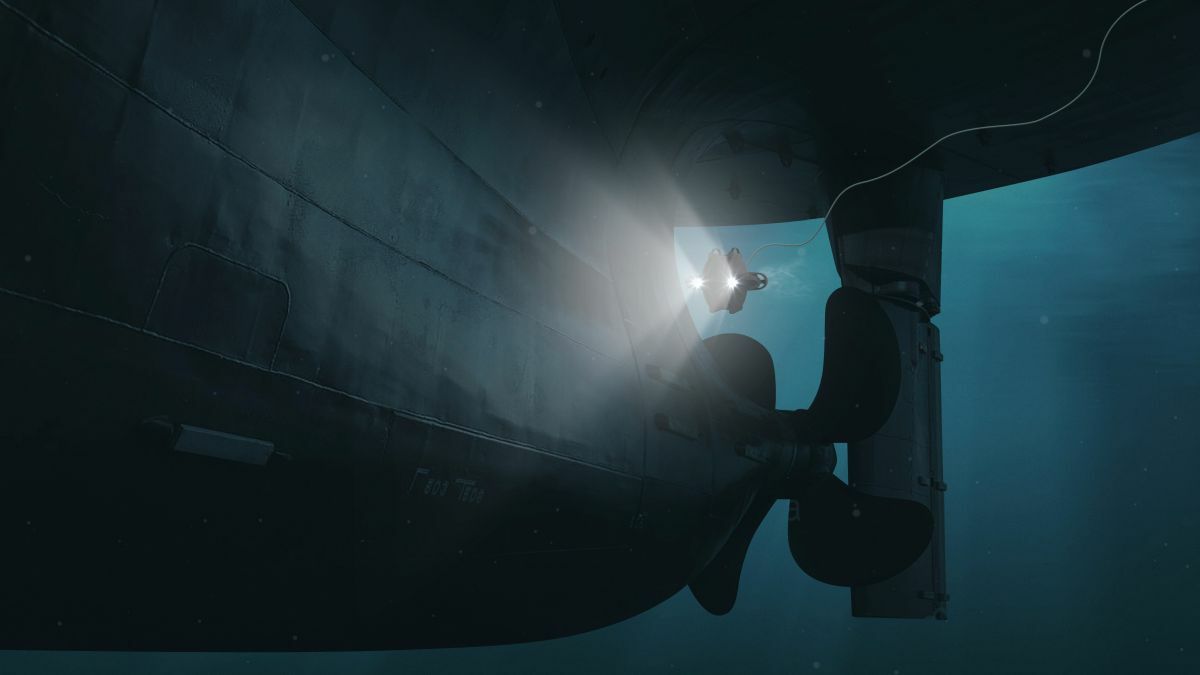
Credit: https://www.rivieramm.com/news-content-hub/news-content-hub/rovs-a-safer-faster-way-to-inspect-hull-coatings-61450
There are a number of benefits of using ROVs for marine coating inspections, such as:Using an ROV, hull inspections can be completed in a couple hours, since no divers are needed, meaning there is also no requirement to shut down vessel systems. Inspections can be done while simultaneously loading or unloading cargo, providing operators with accurate reports that include recommendations to improve hull performance, as well as supplying consistent evidence to provide to relevant industry authorities and to base future operational decisions on.
Deep Trekker ROVs are purpose built to be versatile, with portability, durability, and ease of use being top of mind. Marine environments can be difficult to work in, so a tough, rugged ROV that is highly maneuverable is required to get the job done.
Fully modular, with high quality imaging capabilities, Deep Trekker ROVs are ideal observation class vehicles for doing hull inspections and finding defects in marine structures. Using ROVs for marine coating inspections can save thousands of dollars, is much safer, and improves maintenance schedules, which optimizes operational efficiency.
The DTG3 has a lightweight design, and the entire system fits into a single case, making it extremely portable and convenient for quick inspections. Easily deployed within minutes, it’s excellent for conducting underwater visual inspections and getting eyes in hard to reach places.
In low visibility or high current waters, if you need something tougher and capable of imaging sonar technology, then the PIVOT and REVOLUTION are a great fit. Using six vectored thrusters for ultimate stability and maneuverability, and integrated with rotating tool platforms that are capable of accomplishing a broad range of tasks, these ROVs are ideal for difficult environments and tight spaces.
For more information, you can check out our ROV Buying Guide with more detailed specs for each vehicle.
November 3rd, 2025
At REPMUS 2025, Deep Trekker’s ROVs validated real-world mine countermeasure capabilities...
July 5th, 2025
Deep Trekker’s new Tampa facility brings faster ROV repairs, in-stock parts,...
June 11th, 2025
Equipped with sonar and DVL, Deep Trekker ROVs are helping SES...